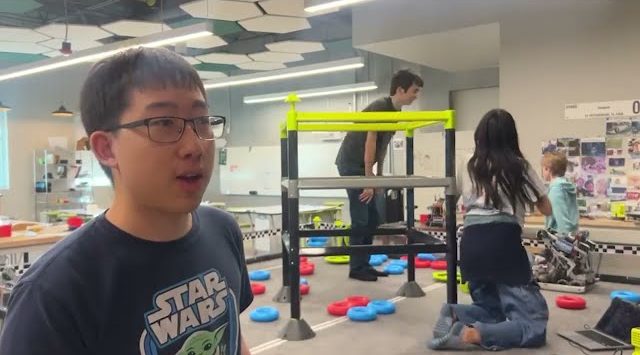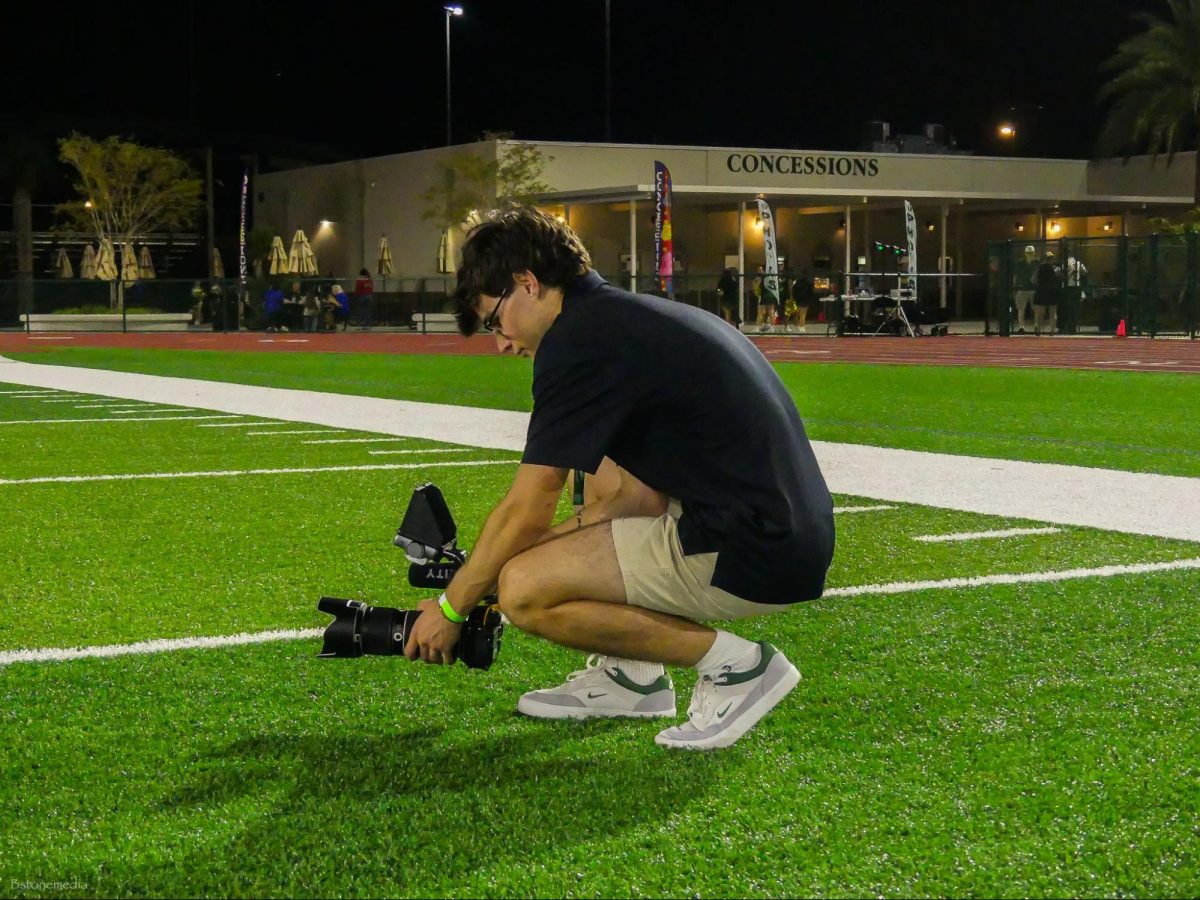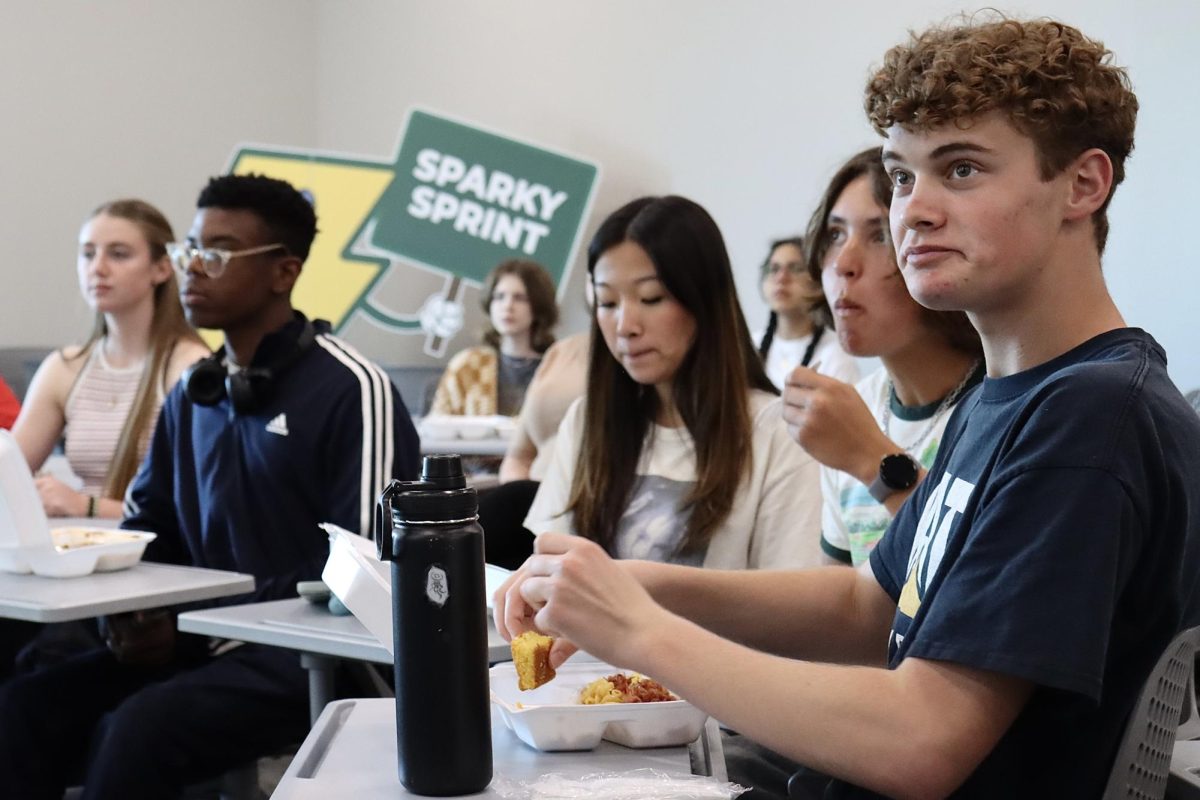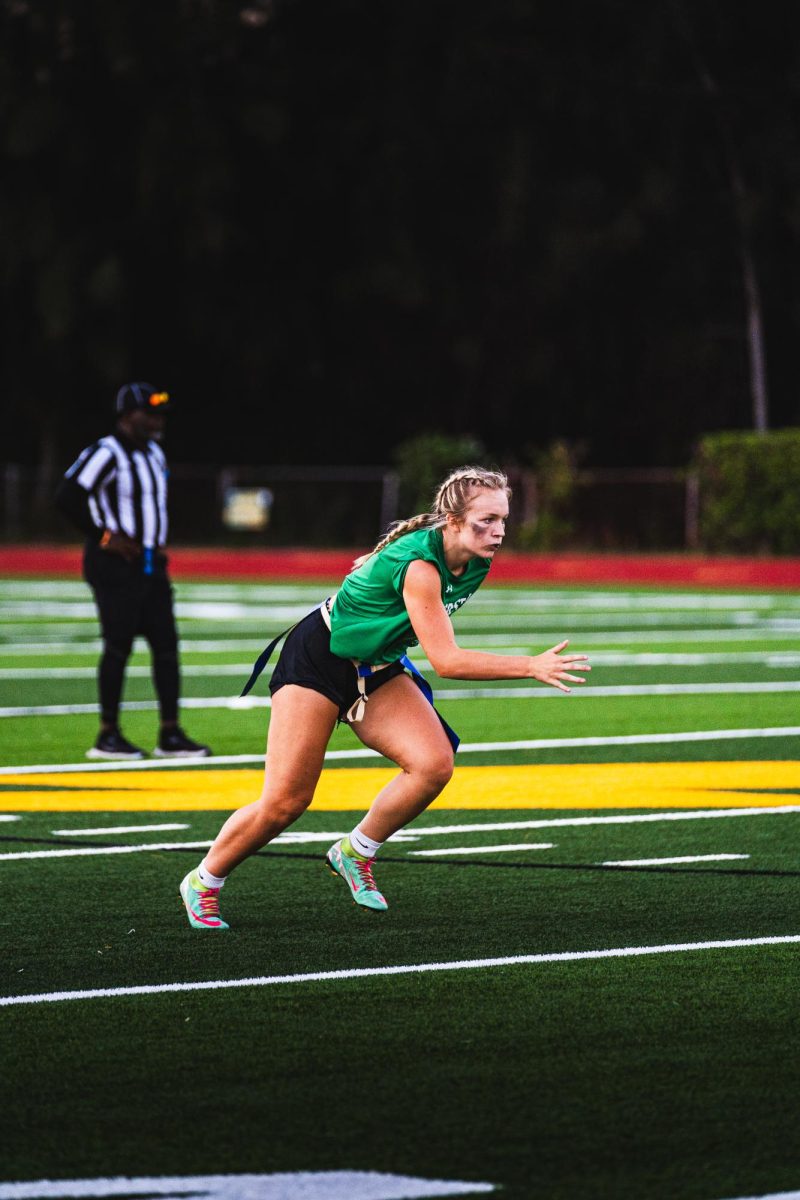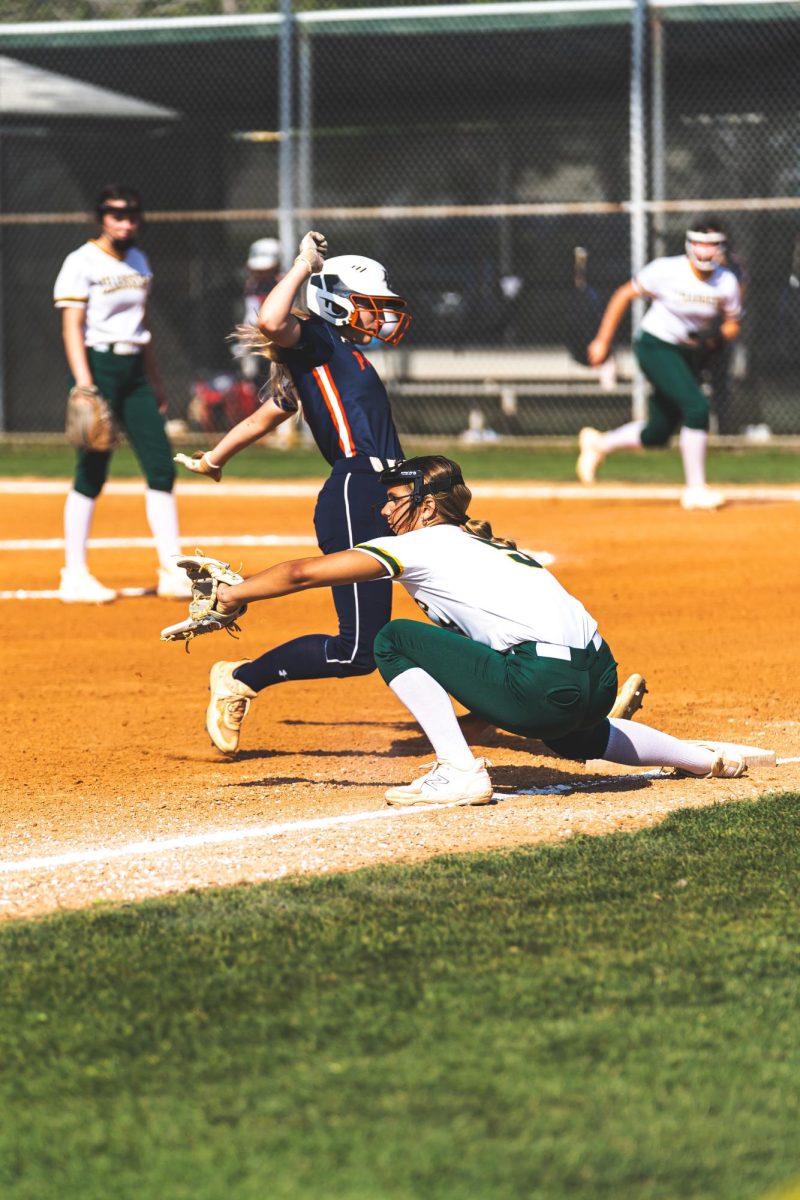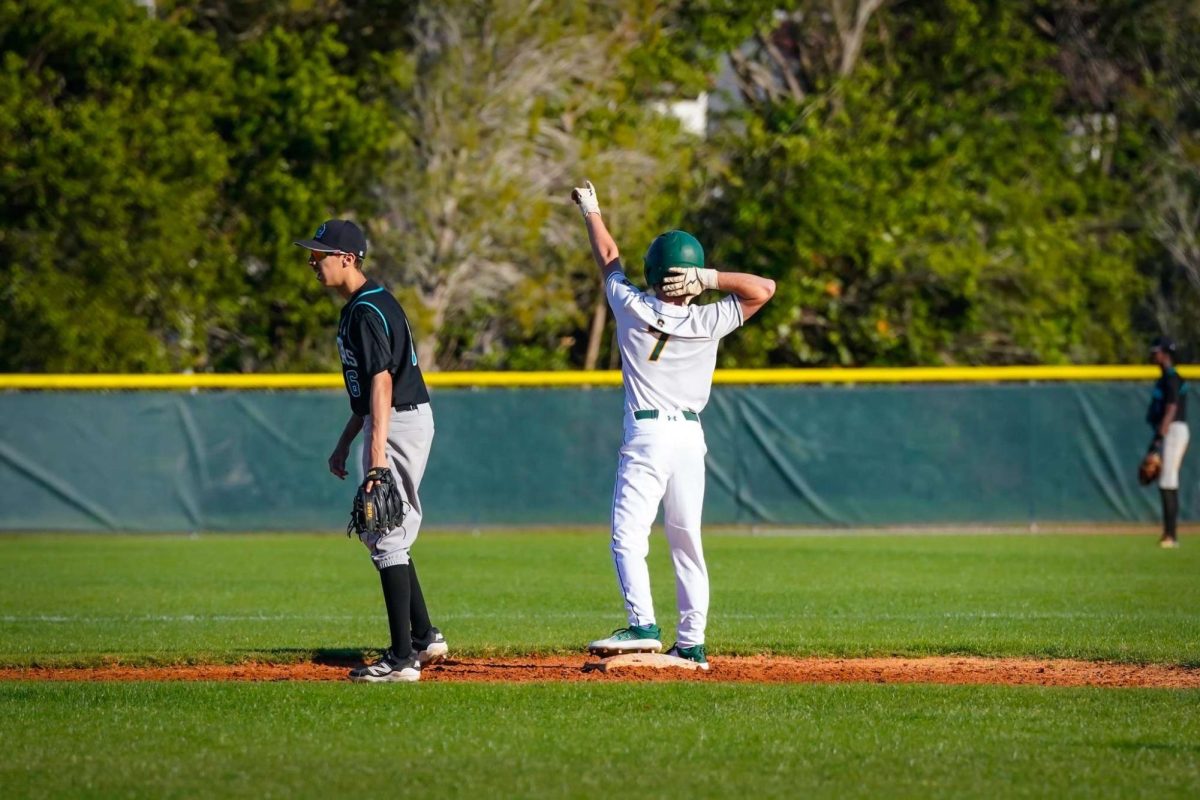If you’ve been to a Shorecrest sports game recently, you’ve likely seen a gaggle of photographers huddled together, each trying to capture the perfect shot. Just two years ago, that was not the case.
So, why are so many people, especially high schoolers, picking up this hobby?
Like many others, I started doing sports photography a little over six months ago. I had a decent camera that I never used, so when I was bored during a football game, I decided to take some photos. Immediately, I fell in love. I then learned to edit, made an Instagram account, and fostered a new passion.
Senior Jocelyn Sheppard started taking photos of music festivals about a year ago and has since gotten into sports. Regarding why she began sports photography, she said, “Being able to capture not just the sport itself, but the emotion that’s happening within the sports…I think that’s important to share.”
Many have begun their sports photography careers as a way to stay involved with sports when they’re not playing. Senior Cole Goldenberg, who began the trend of sports photographers at Shorecrest, said, “I wanted to stay connected to sports whenever I wasn’t playing sports…and that’s just another way I could stay connected.”
Goldenberg, when not playing basketball or lacrosse, can almost always be seen photographing games. “With the photos that you take and how you edit them, you can mold the story you want to tell,” he said.
According to USC Annenberg Media, the creation of new, advanced photography tools including drones and mirrorless cameras has created increased opportunities in the sports photography industry. Instead of solely for news, sports content is now used for marketing, highlights, artistry, entertainment, and much more. The increased demand for sports photography is just one reason that so many people seem to be taking it up.
What started with Goldenberg has now become a community of five-plus sports photographers at Shorecrest. But the trend of being inspired by others to shoot stretches far beyond Shorecrest’s walls.
Senior Ignacio Marro, president of the Saint Peter’s Prep Photography Club at his school in New Jersey, said, “I saw [photographers] and said, ‘I want to do that.’ I’m friends with a ton of people at my school, so after I started taking photos, I could name four other guys who just started right after me because they were interested.”
Sports photography has emerged not just as a way for athletes to create Instagram posts, but as a true form of art. Every photographer has their own style based on how they edit and compose a shot. Five people can shoot the same moment, but each person’s photo can tell a different story. “No one can have the same exact photo as you. I think that’s how I define art. No one can have the same painting as you. No one can have the same song as you,” said Marro.
One of the most rewarding parts of sports photography is receiving positive feedback after publishing photos. Marro started off taking photos of freshman basketball tryouts, not knowing how to edit, and he’s now photographed young stars, including Cooper Flagg and Derik Queen, and has had his photos posted by an account with over 127,000 followers.
A large part of the newfound attention that sports photography receives, especially from teenagers, is due to social media. In the past, only select photographers who got their photos into news outlets could get mass exposure, but with more newspapers and sports media outlets going digital and the rise of social media, anyone can now show off their work by simply creating an Instagram account.
TikTok has also contributed to giving sports photography more attention as well. Recently, my “For You” Page has become flooded with sports photography content, inspiring me to continue taking photos. Almost every teenager uses TikTok, which has allowed photography to tap into a whole new ballgame.
“TikTok has also played a big role in sports photography because of all the edits that you can make and all the ideas that you can get,” said Goldenberg.
While it may be easy to go to a game and take photos, it’s hard to stay involved in sports photography in the long term. It’s often challenging to get media passes, especially for high-profile games that would gain the most attention. Many advanced photographers have expensive cameras, which can make amateur photographers feel discouraged when their photos aren’t the highest quality.
Goldenberg said, “You shouldn’t care what other people think…a lot of the time if you just have a camera, you can get into a lot of games.”
Marro agreed. “Put yourself out there. No one’s gonna judge you. They’re not taking photos, so just do it,” he said.
What seems to encourage people to continue pursuing sports photography is the community. At games, photographers collaborate, sharing ideas and camera settings. Sheppard said, “If someone doesn’t understand their camera, someone will help them with settings or stuff like that.”
After photos are posted, photographers are constantly complimenting each other’s work in comments and group chats. “[The community] is welcoming. It’s also a great thing to be a part of, not only because you’re helping other people, but you’re always helping yourself learn what other people have to go through,” said Sheppard.
Goldenberg and Marro both were added to group chats of local photographers in their area in which they shared advice, photos, and questions. “I can’t remember an event where I haven’t connected with someone,” said Marro.
For people looking to begin sports photography themselves, Marro’s advice is: “Don’t be discouraged at first. Don’t be scared to go to games…Put yourself out there. Post everything you take. Don’t be afraid to share it…Just have confidence.” Sports photography is a lot of work, a lot more than what’s obvious at first glance. However, as Goldenberg said, “In the end, it’s worth all the time because you see the end product, and it’s worth it.”




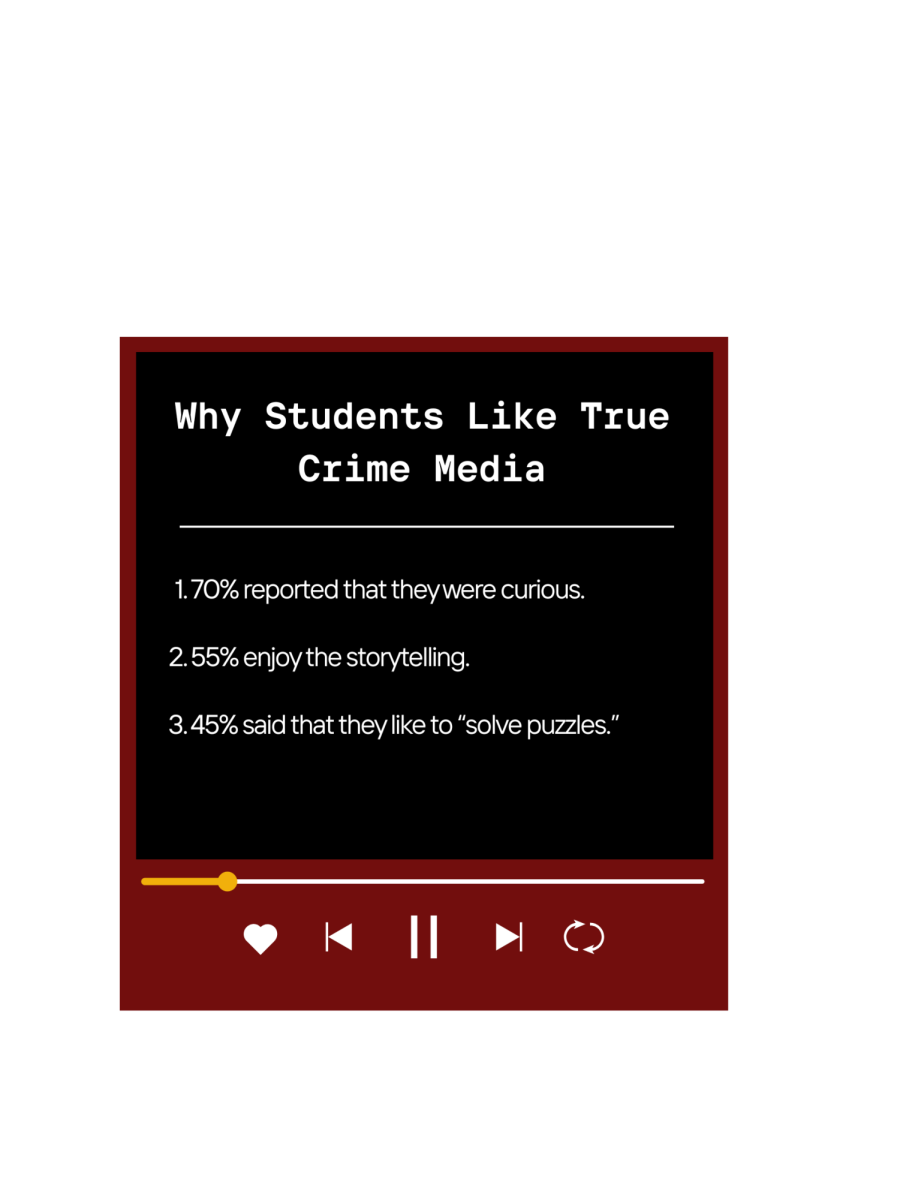

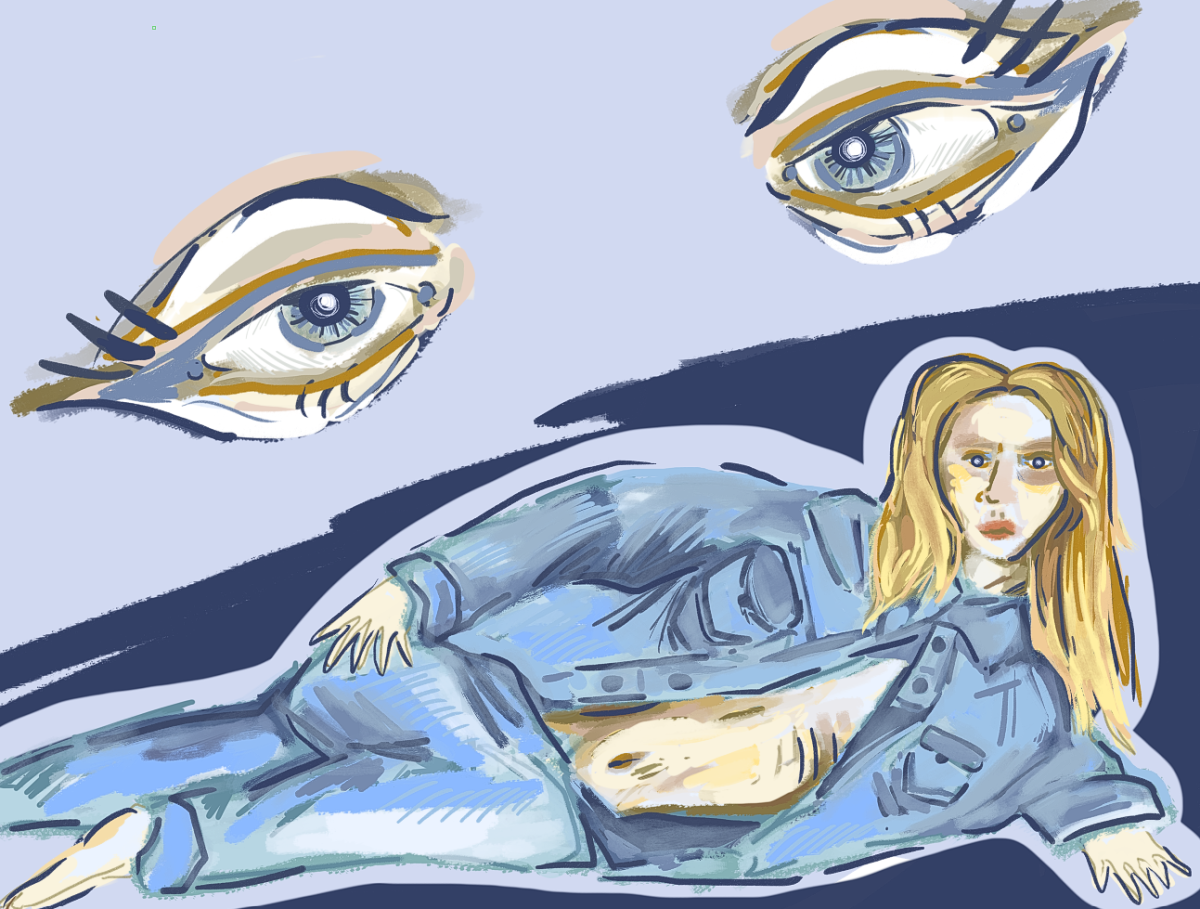
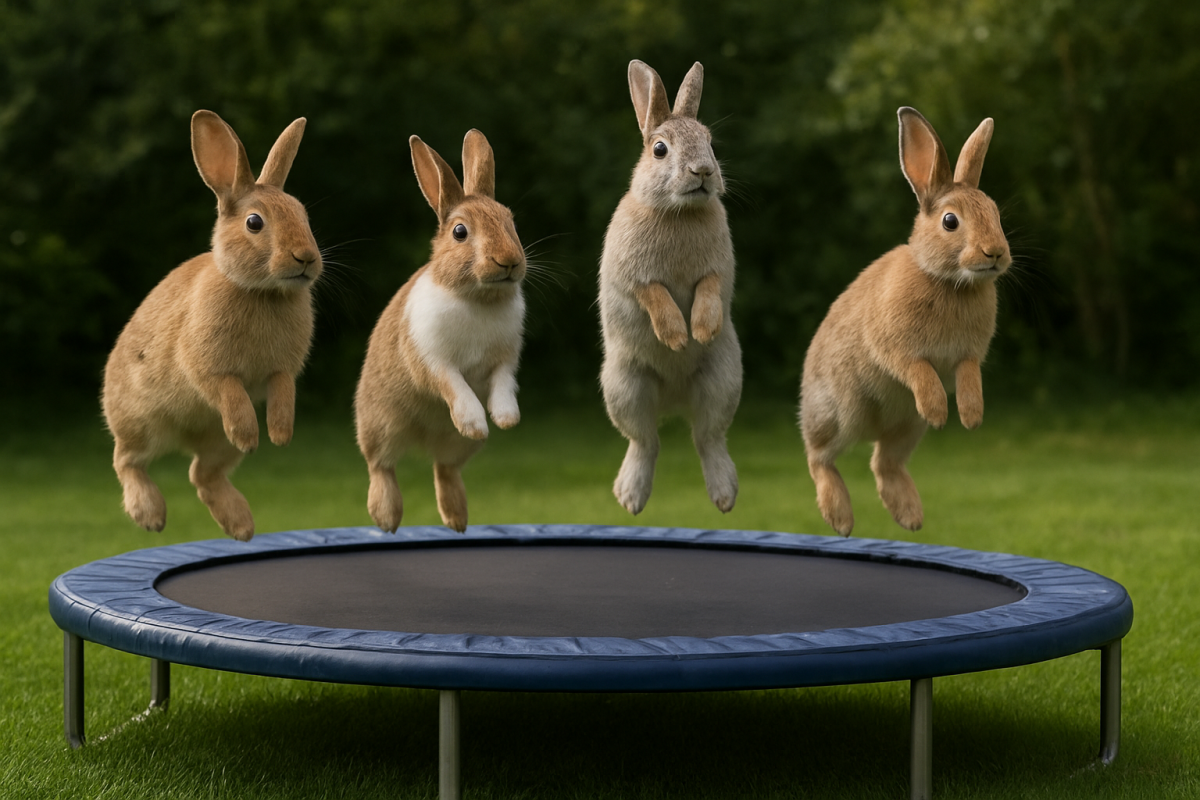
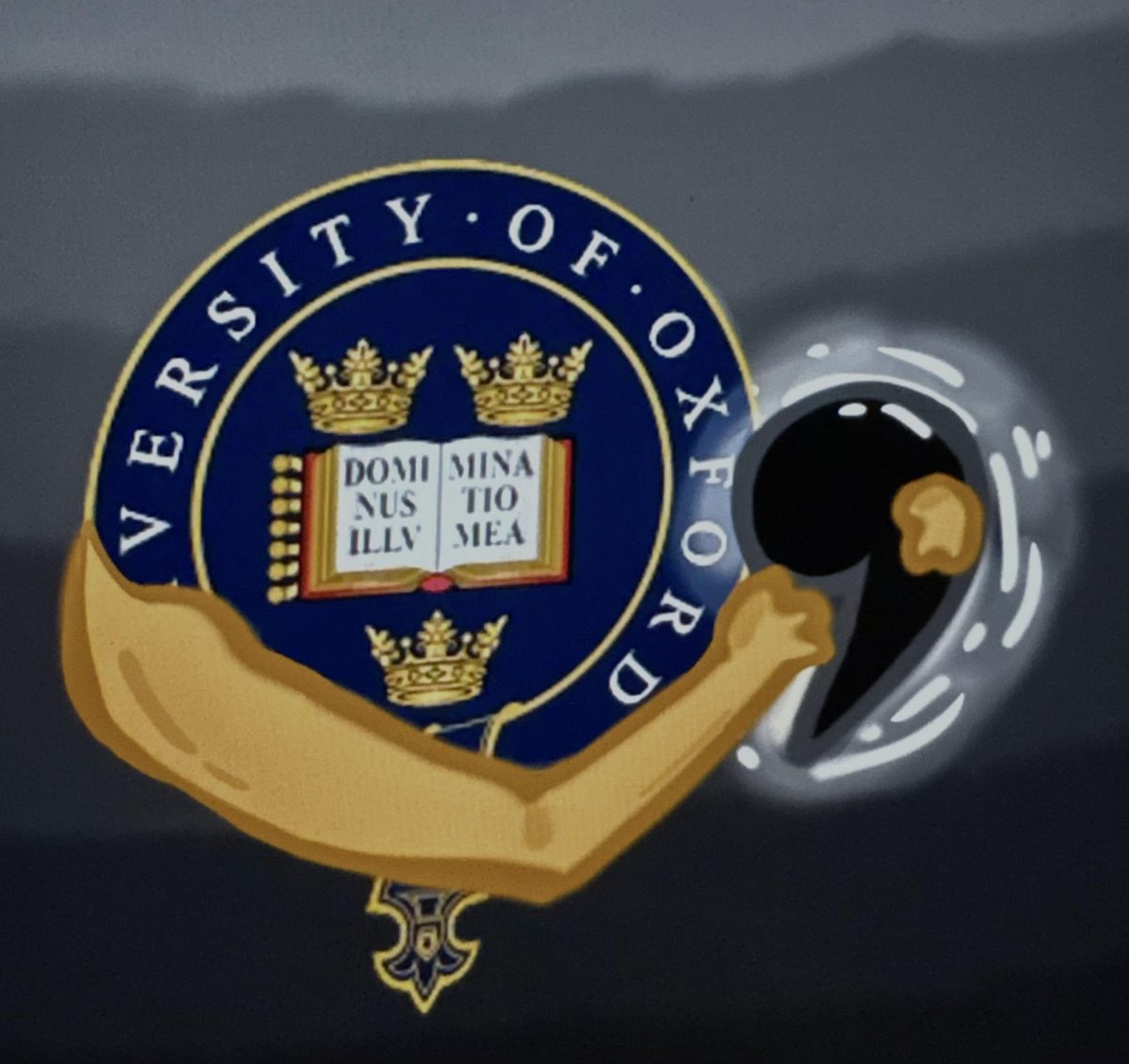



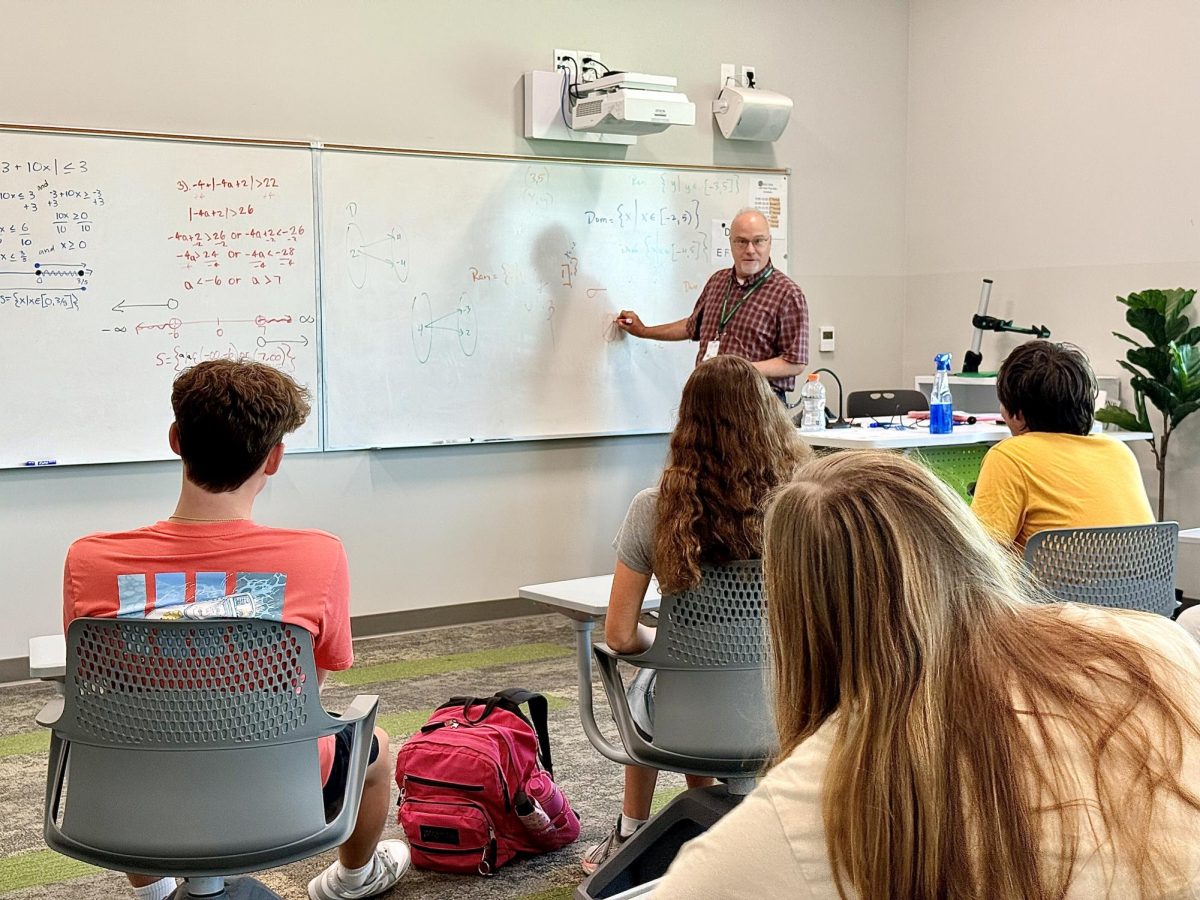

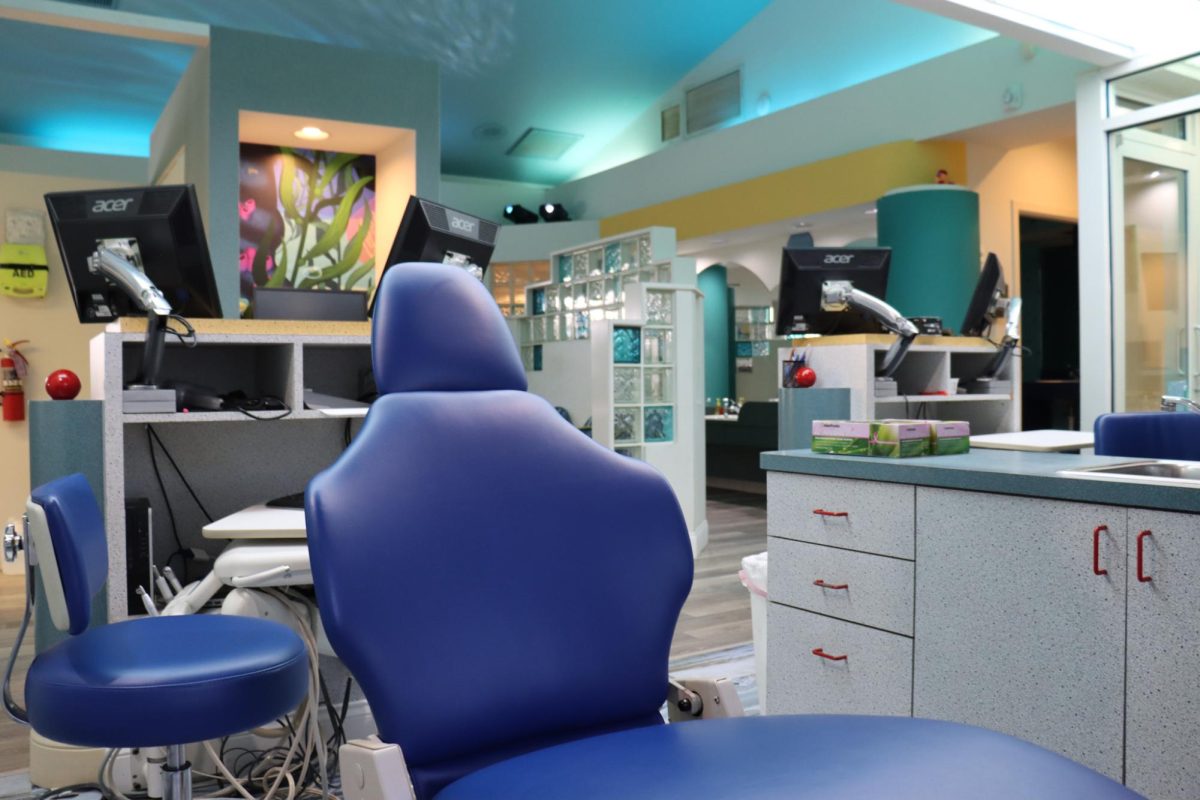
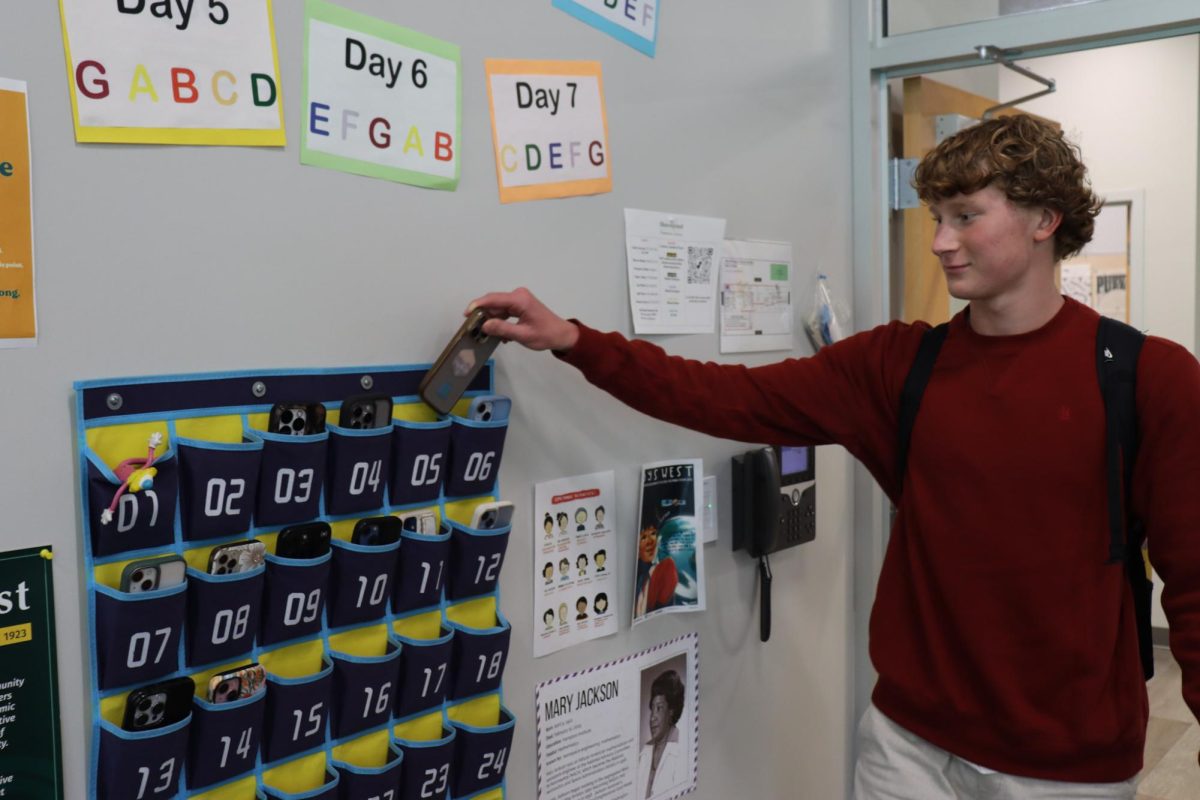



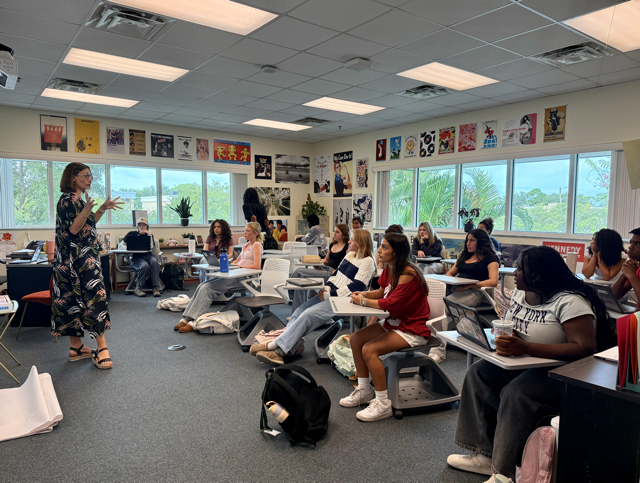
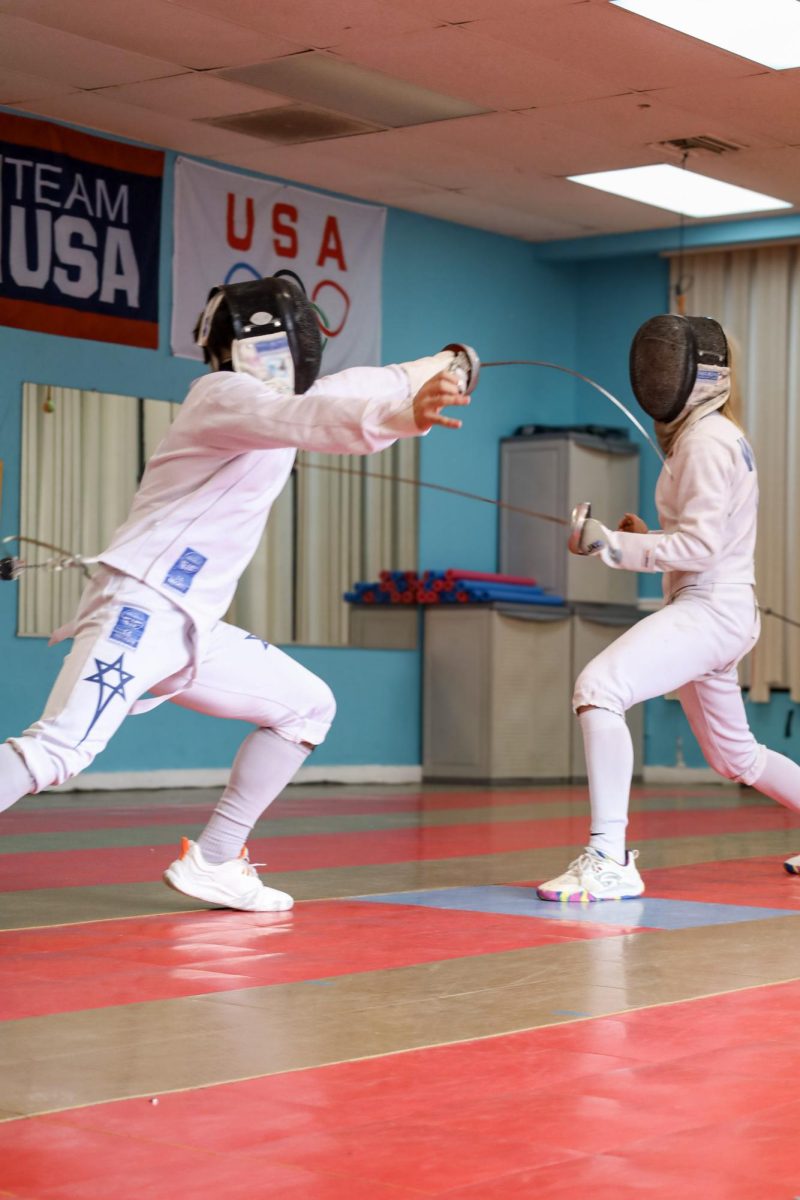
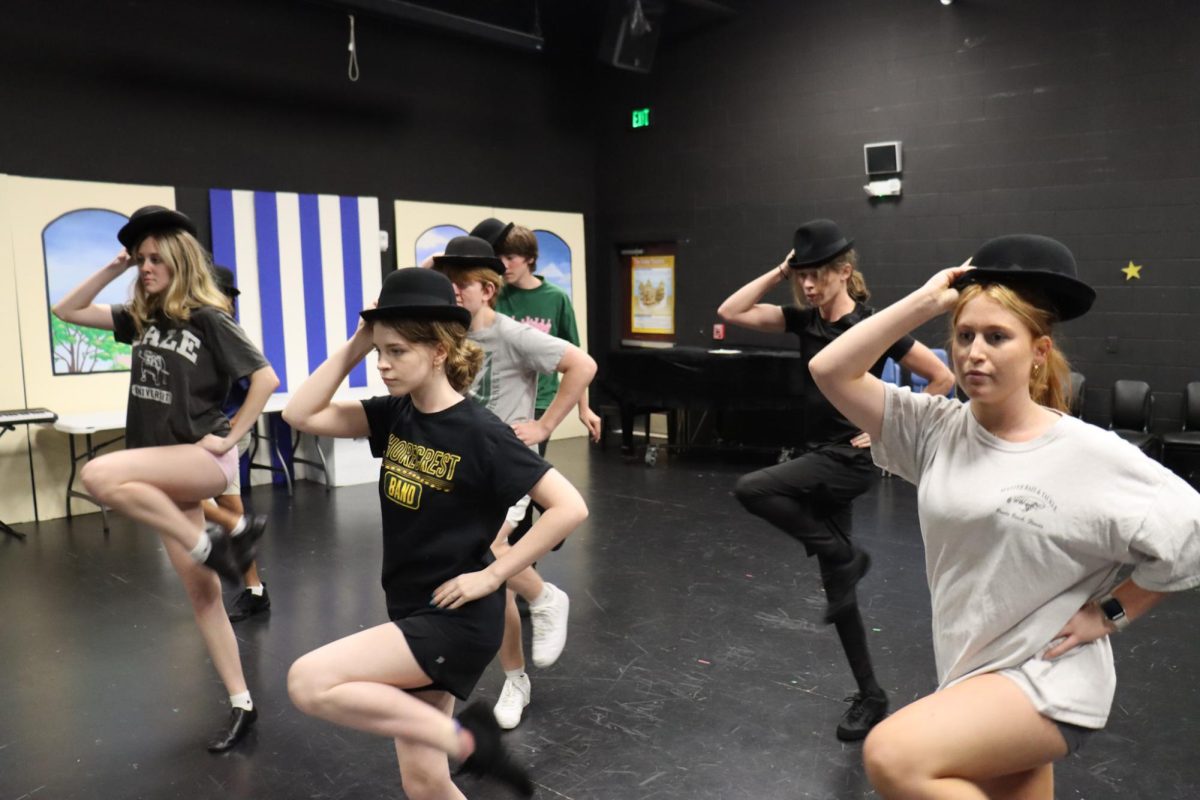
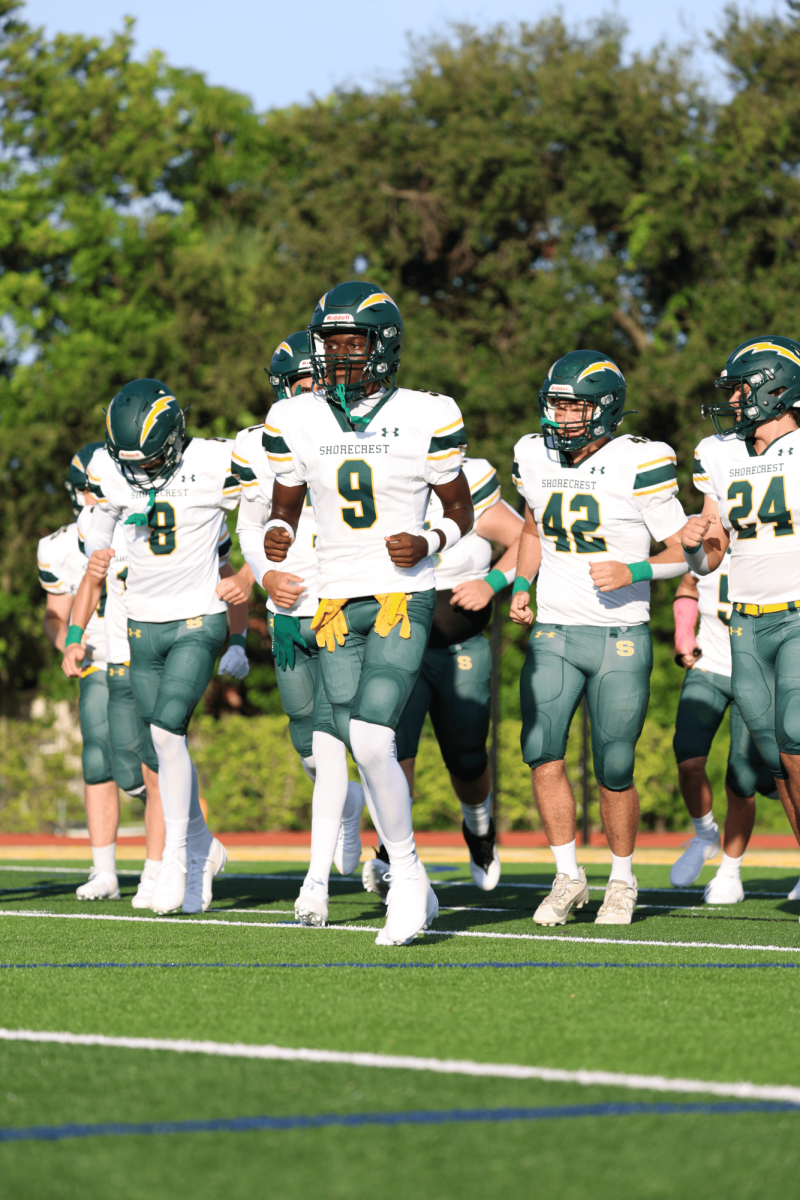
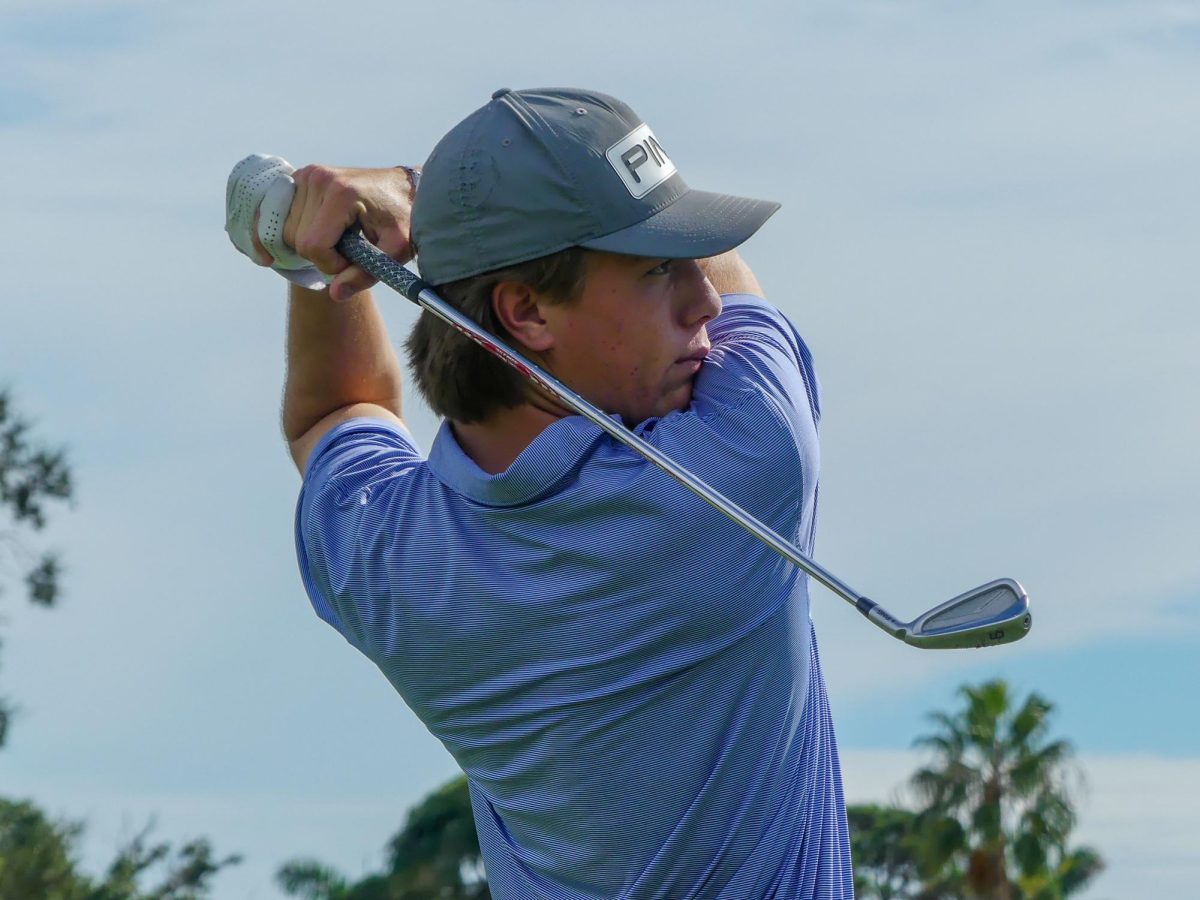



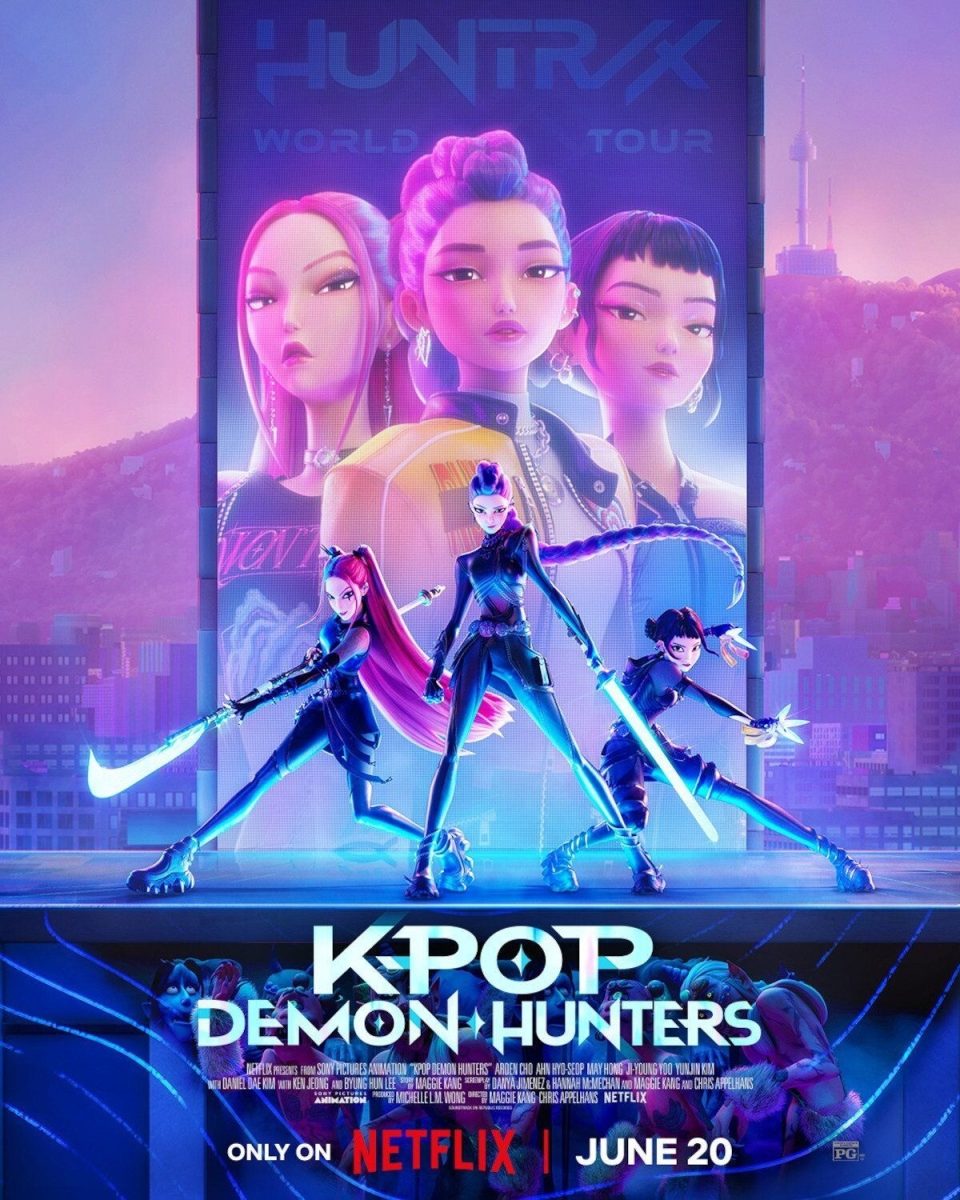



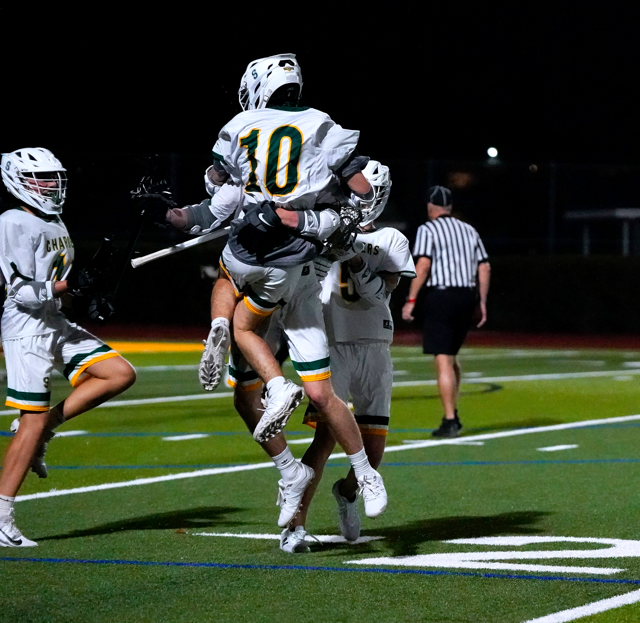

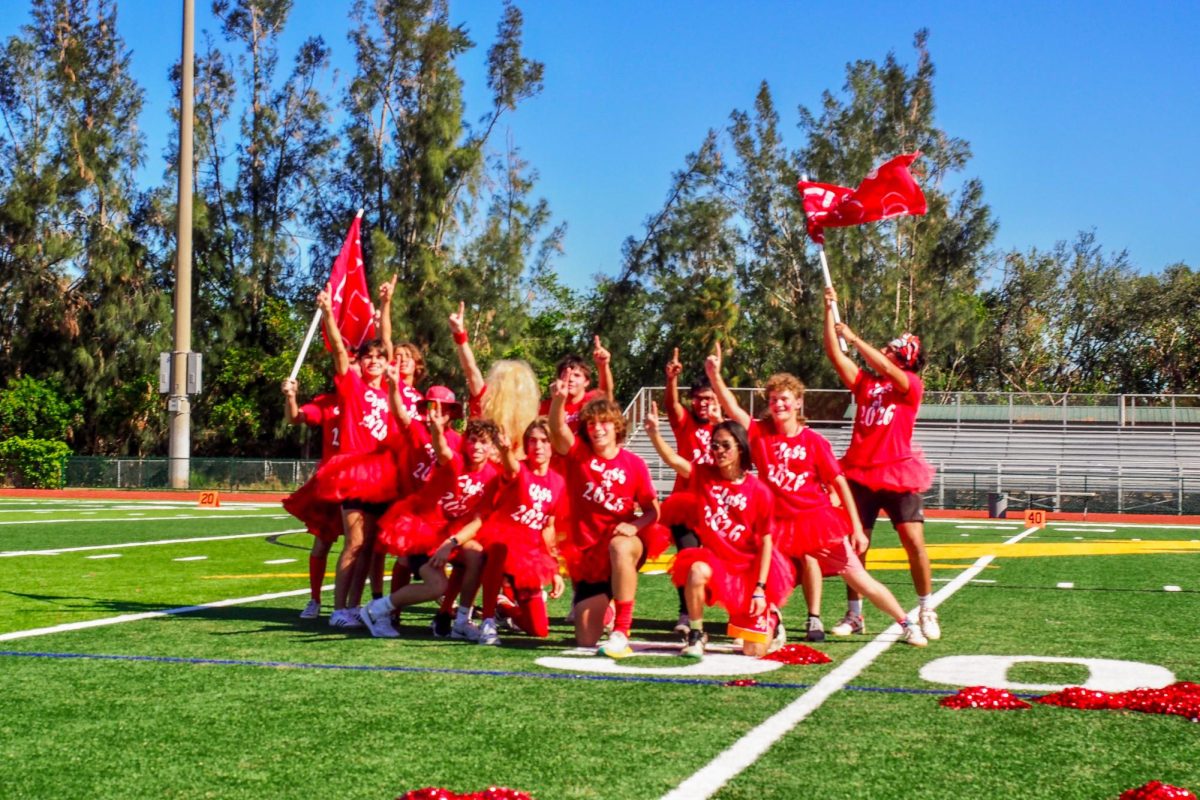
![Thespians pose on a staircase at the District IV Thespian Festival. [Front to back] Luca Baker, Maddison Cirino, Tanyiah Ellison, Alex Lewis, Summer Farkas, Jill Marcus, Ella Mathews, Sanjay Sinha, Isabella Jank, Sofia Lee, Boston Littlepage-Santana, Sally Keane, Tyler Biggar, Tanner Johnson, Jasper Hallock-Wishner, Remy de Paris, Alex Jank, Kaelie Dieter, and Daniel Cooper. Photo by Michael McCarthy.](https://spschronicle.org/wp-content/uploads/2024/12/image1-900x1200.jpg)
